
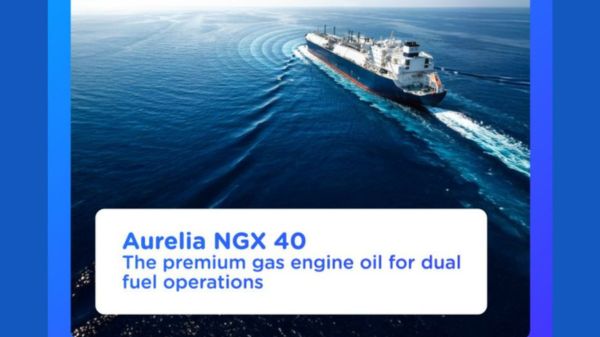
|
Lubmarine launches dual-fuel engine oil for gas operations
TotalEnergies unit claims product enables extended service life and reduced maintenance costs. |
|
|
|
||
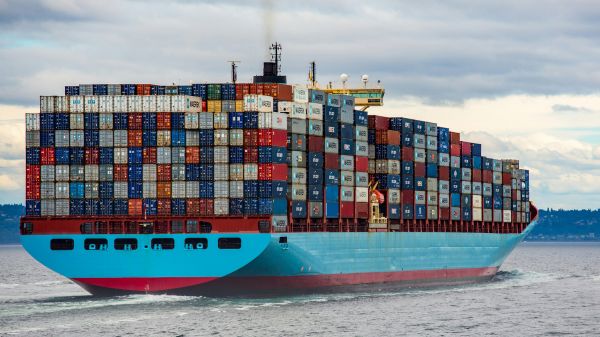
|
DNV clarifies FuelEU Maritime flexibility mechanisms ahead of first reporting deadline
Classification society explains banking, borrowing, and pooling options for vessel compliance balances. |
|
|
|
||
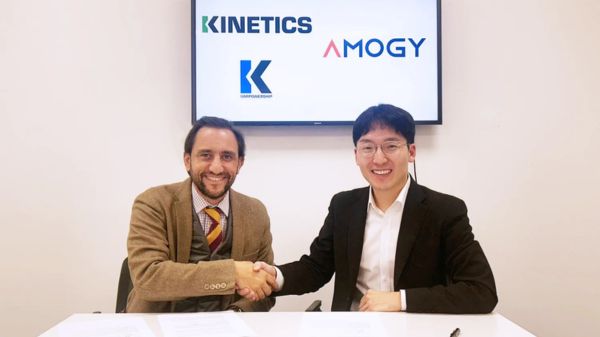
|
Kinetics invests in Amogy to deploy ammonia power for floating infrastructure
London-based Kinetics backs ammonia-to-power firm to develop zero-emission solutions for Powerships and data centres. |
|
|
|
||

|
Maria Skipper Schwenn steps down from IBIA board
Danish Chamber of Commerce role prompts departure after eight months on association's global board. |
|
|
|
||
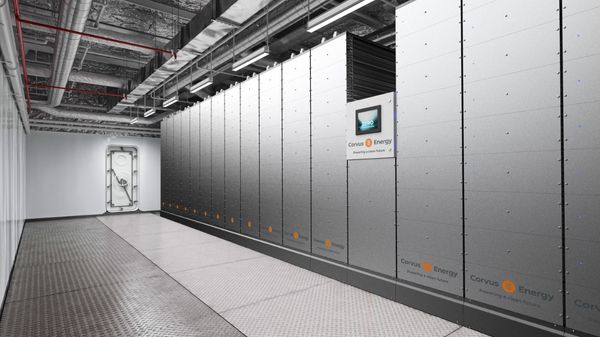
|
Corvus Energy unveils LFP battery system for marine applications
Battery supplier targets lower lifecycle costs and 15-year lifespan with Blue Whale NxtGen. |
|
|
|
||

|
Norwegian Viva receives waste-based biofuel in Piraeus through World Fuel-EKO collaboration
World Fuel Services coordinates delivery as Norwegian Cruise Line Holdings extends biofuel programme. |
|
|
|
||
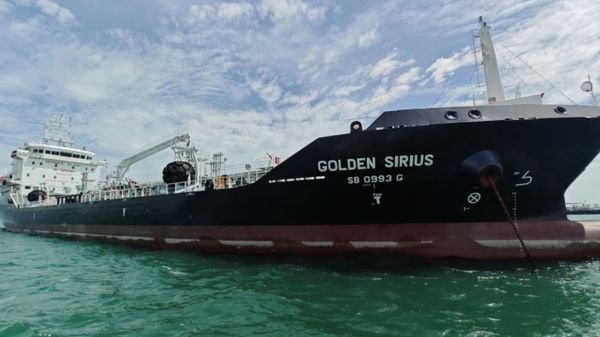
|
Golden Island delivers B100 biofuel to Maersk vessels in Singapore
Golden Island completes two UCOME biofuel deliveries to containerships in October and November. |
|
|
|
||
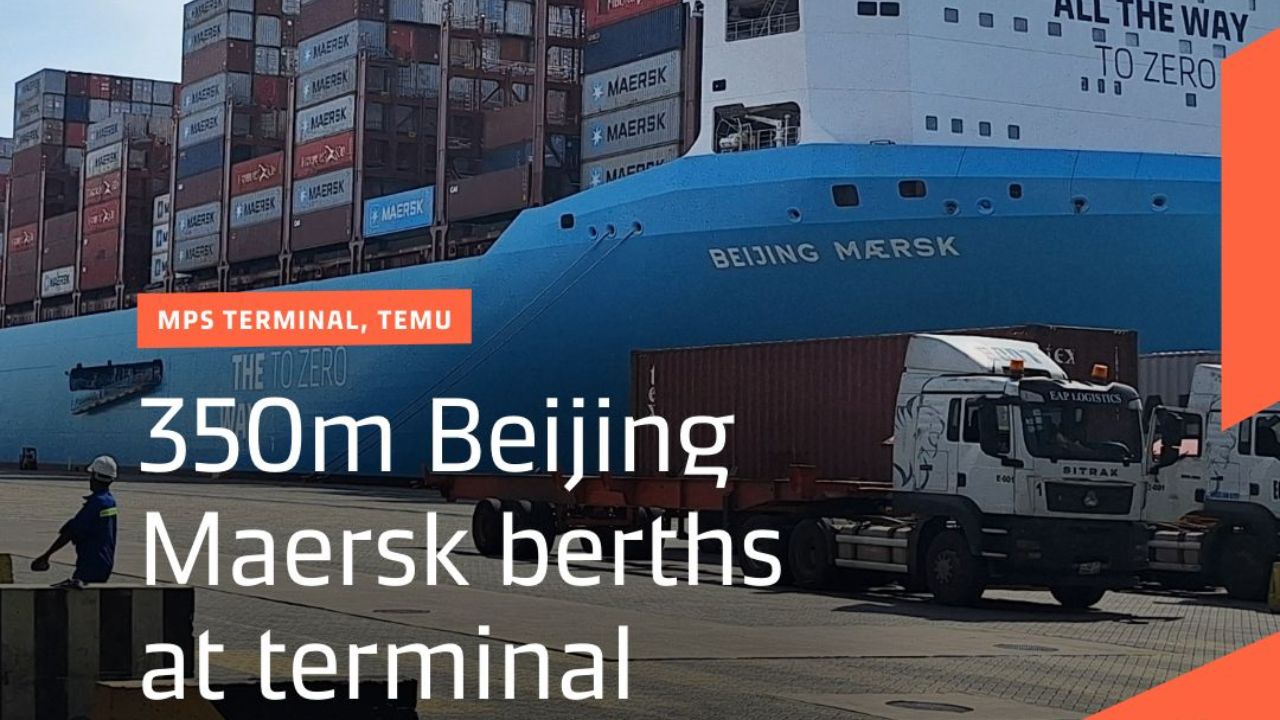
|
Beijing Maersk becomes largest vessel to call at Ghana's Tema Port
Maersk's dual-fuel methanol ship highlights West Africa's transshipment potential and decarbonisation efforts. |
|
|
|
||

|
Saudi Arabia bans open-loop scrubber use with HSFO at its ports
Ships must switch to compliant fuel or closed-loop systems, GAC advises. |
|
|
|
||

|
IMO to host technical seminar on marine biofuels in February 2026
International Maritime Organization opens speaker nominations for London event focused on low-GHG fuel adoption. |
|
|
|
||
| San Pedro wins Clean Air Excellence Award [News & Insights] |
| Wallenius Wilhelmsen calls for cuts in CO2 emissions [News & Insights] |
| US bill to cut ship emissions is approved [News & Insights] |
| MEPC approves reduction in sulphur emissions [News & Insights] |